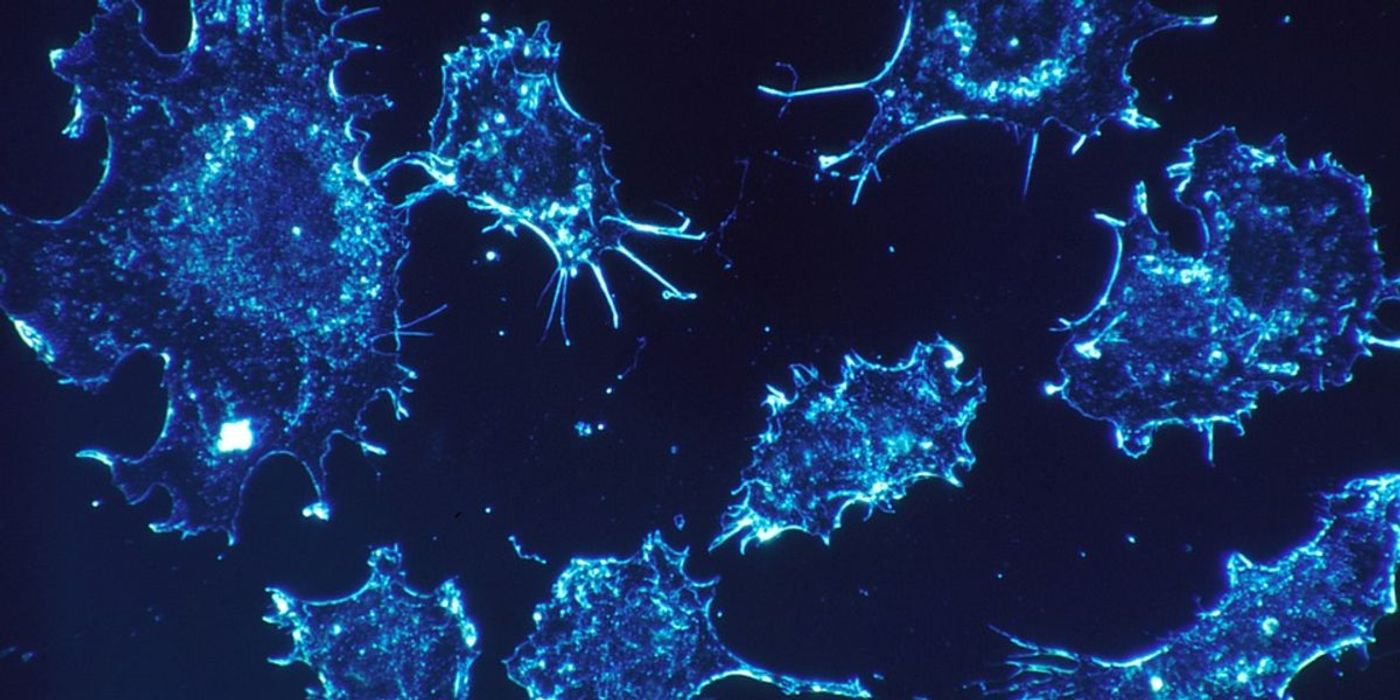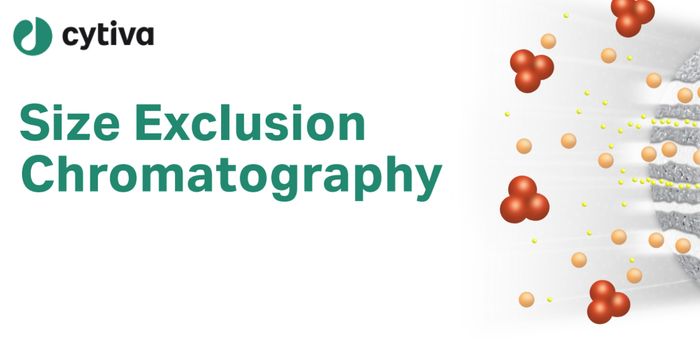Genetic Cause for Tumor Progression
Researchers from the University of Delaware (UDEL), Harvard Medical School (HMS) and University of California, Los Angeles (UCLA), have discovered a ribonucleic acid (RNA) that increases tumor activity in both soft tissue and connective tissue tumors. Reporting their findings in Cell Research, this finding has the potential to advance our knowledge of the genetics of cancer, and thus develop treatments.
First discovered in the 1970’s, circular RNA (circRNA) was initially thought to be a virus, as most normal RNA molecules move in a forward direction, whereas the molecules in circular RNA move in a circular direction as in viruses. Otherwise sharing the same genetic sequence as linear RNA, the circular motion in circRNA is caused by back splicing, a process in which the RNA processing systems get tricked into thinking they should join at each end.
Thought to be an error, until recently, researchers neglected their importance. Now however, they are beginning to understand the role of circRNA as a biomarker for disease, and in particular: cancer. Thus, in the research carried out by UDEL, HMS and UCLA, researchers paid special attention to circRNA, identifying a gene called Zbtb7a in particular. Found in soft tissue tumors, such as mesenchymal tumors, when linear, this RNA makes a tumor-suppressing protein that prevents cancers from growing.
However, when the same RNA is in the form of a circRNA, it instead increases tumor activity, silencing the tumor-suppressing protein. Even though both strands of DNA should theoretically function in the same way due to their shared genetic material, the research has shown that they don’t due to their structure, making this the first time that tumor-promoting circRNA has been associated to regular RNA with the same genetic sequence in this way.
Although focused on connective and soft tissue tumors, the researchers see that their findings could aid in the development of treatments for any cancer, as every cancer has circRNA. Thus, the researchers currently plan to see whether what they have observed at the cellular level also occurs in tissue samples. Aside from this, they also plan to study whether circRNA are also present in extracellular vesicles, the messaging system between cells, during the development of cancer.
Sources
Roberts, Karen B.: udel.edu



![WGS for rare disease diagnosis [eBook]](https://d3bkbkx82g74b8.cloudfront.net/eyJidWNrZXQiOiJsYWJyb290cy1pbWFnZXMiLCJrZXkiOiJjb250ZW50X2FydGljbGVfcHJvZmlsZV9pbWFnZV84MmRlM2UyYjA5M2Q3ZTYwOTI3Zjc1YTRjOWU2N2RmMjkzMThjMTJkXzI1MDcucG5nIiwiZWRpdHMiOnsidG9Gb3JtYXQiOiJqcGciLCJyZXNpemUiOnsid2lkdGgiOjcwMCwiaGVpZ2h0IjozNTAsImZpdCI6ImNvdmVyIiwicG9zaXRpb24iOiJjZW50ZXIiLCJiYWNrZ3JvdW5kIjoiI2ZmZiJ9LCJmbGF0dGVuIjp7ImJhY2tncm91bmQiOiIjZmZmIn19fQ==)





